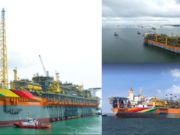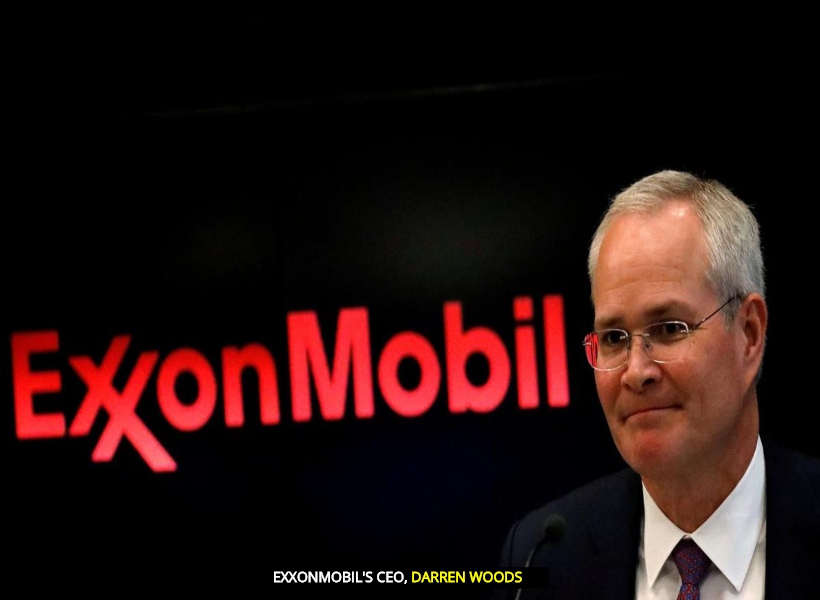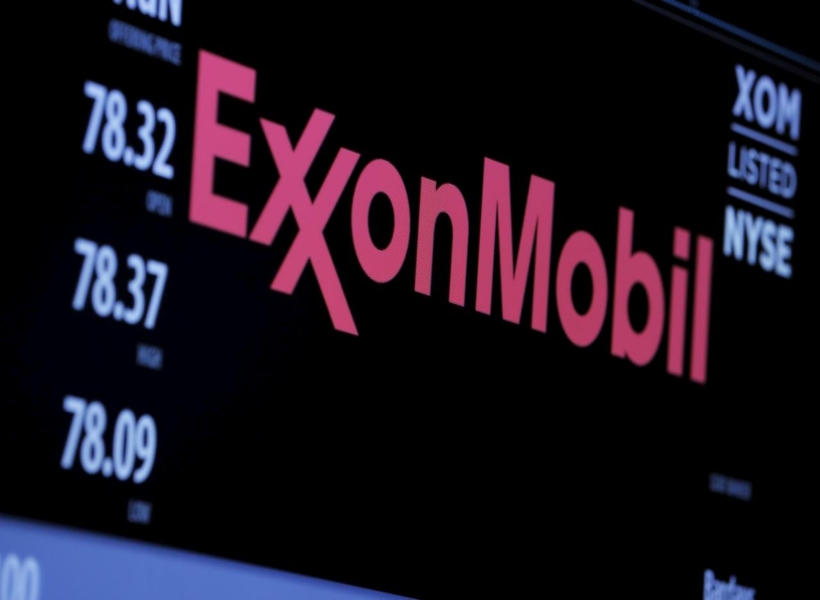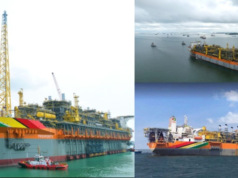Having collected over $930M for flaring on the Liza Destiny FPSO which has been plagued by mechanical issues, the Environmental Protection Agency (EPA) has positioned itself to collect further fees should the same problems be repeated at the Liza Phase Two Project.
In the permit that was amended on January 17, 2022 and signed between Head of ExxonMobil Guyana, Alistair Routledge and EPA Boss, Kemraj Parsram, Exxon would be made to pay a US$45 fee for flaring that occurs outside of approved commissioning, start-up, or special circumstances as defined in the permit.
Commissioning, according to the permit, is defined as the process of ensuring that all systems and components are designed, installed, tested, operated, and maintained according to the operational requirements or manufacturer’s specifications. This condition also applies to the commissioning of any new units or systems post-production, or the renovation of existing units or systems, which may require flaring. During commissioning, the permit states that all gas systems, must be properly installed, fully leak tested, and able to receive gas, before start-up.
Start-up is defined as the activity that occurs at the end of commissioning where production operations are initiated. The permit holder which is Exxon’s subsidiary, Esso Exploration and Production Guyana Limited (EEPGL) is not to exceed 60 cumulative days of flaring during Start-up. For the purpose of this condition, any day that gas is flared above background flare, regardless of the duration, is considered one day of flaring.
Under special circumstances, Esso can flare for any unavoidable expected event, including inclement weather conditions, strictly requiring the flaring of gas; and for any unplanned event requiring the flaring of gas for safety purposes or flaring required to maintain the flare system in a safe and ready condition (purge gas/make-up gas/fuel gas) and pilot flame.
It can also do so for maintenance purposes too.
Should there be a need for flaring outside of the defined circumstances, Esso would have to pay US$45 per tonne of Carbon Dioxide equivalents (CO2e) emitted. Interestingly, the calculations of the payments to be made on the emissions would be calculated by Exxon and then approved by the EPA. Following this process, Esso would be allowed to make payments.
The Liza Phase 2 Project is located in ultra-deepwater in Guyana’s Stabroek Block and is operated by Esso Exploration and Production Guyana. It is expected to produce 220,000 barrels of oil per day for a period of 20 years.
It is slated to come on stream this quarter.









